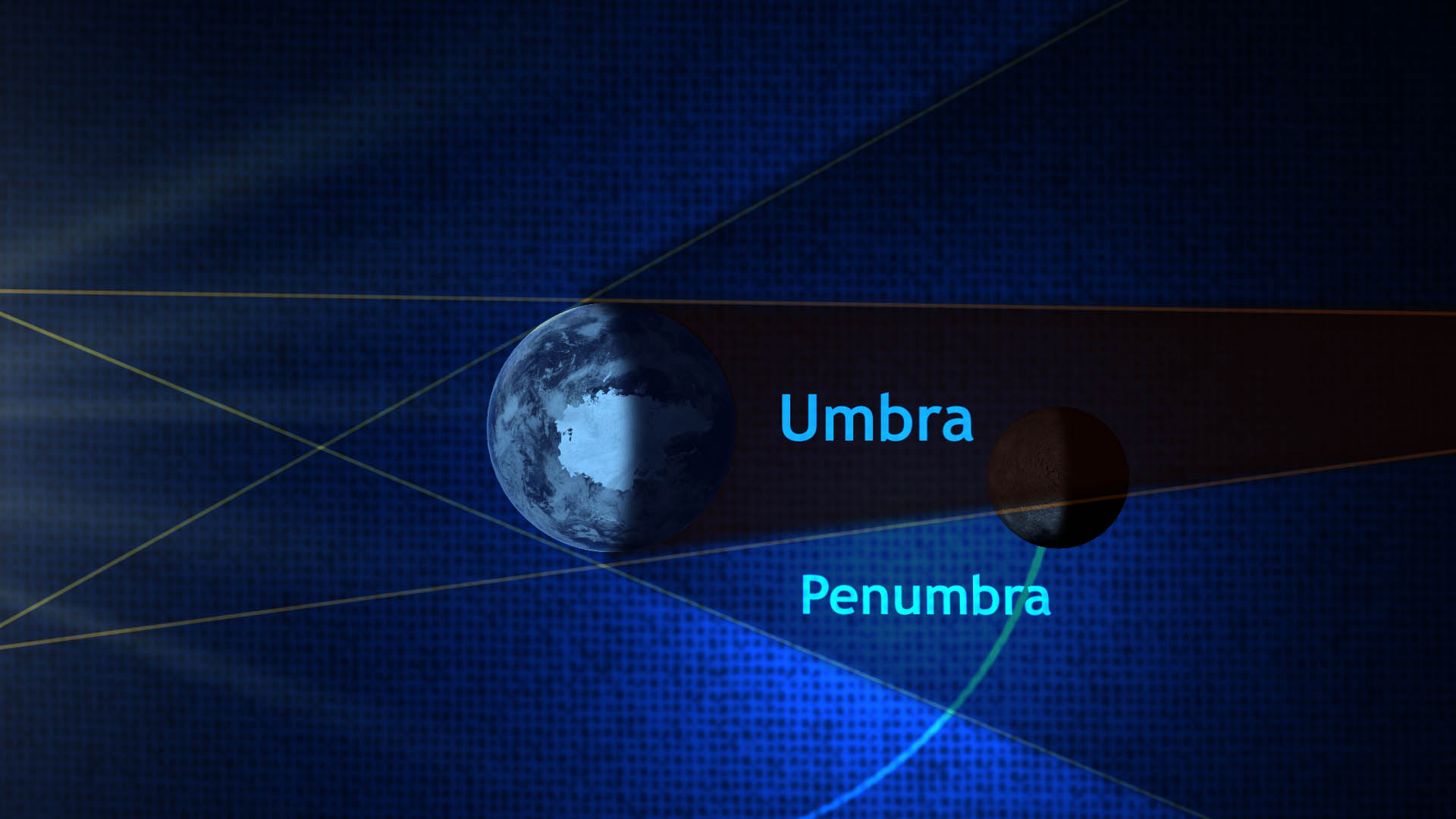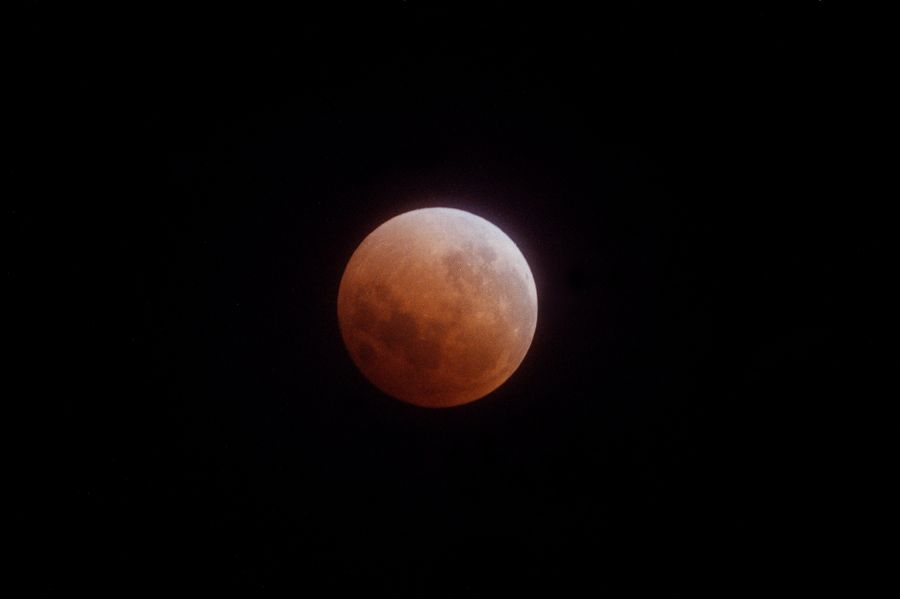Chabot Area and Science Center is hosting a Total Lunar Eclipse Watch Celebration from 11:30 p.m. on Monday evening until 4 a.m. Tuesday morning.
 Illustration of Earth’s partial(penumbral) and complete (umbral) shadows. When the moon passes through Earth’s shadow, we witness a lunar eclipse.(NASA)Totality The climax of the eclipse, what’s known as “totality,”starts at 2:16 a.m. and will last nearly an hour and a half. This is when the moon is fully swallowed up in Earth’s dark umbra. The moon will be inmost in shadow and darkest at 2:59 a.m. If you’re only interested in waking for a couple of minutes to see the eclipse, this is the time to set your alarm for.
Illustration of Earth’s partial(penumbral) and complete (umbral) shadows. When the moon passes through Earth’s shadow, we witness a lunar eclipse.(NASA)Totality The climax of the eclipse, what’s known as “totality,”starts at 2:16 a.m. and will last nearly an hour and a half. This is when the moon is fully swallowed up in Earth’s dark umbra. The moon will be inmost in shadow and darkest at 2:59 a.m. If you’re only interested in waking for a couple of minutes to see the eclipse, this is the time to set your alarm for.
Totality ends at 3:41 a.m., when the moon begins to emerge from the umbral shadow into the partial sunlight of the penumbra, where only some of the sun’s light is blocked. If you’re a die-hard fan of lunar eclipses, you can stay up until the eclipse formally ends at 5:56 a.m.– however totality is the very best part of the show, so when that’s over you can return to bed and not stress over missing out on much.
Why doesn’t the moon entirely vanish at totality?
During an overall lunar eclipse, the moon travels through Earth’s full shadow, the umbra, where no direct sunlight falls, yet it is still lit up in a dull orange or reddish light.
Sunshine that slips around the edges of the Earth is bent and filtered by our atmosphere, its golden rays shining into the dark umbra like a dim night-light. We see the exact same rosy glow at dusk every evening as sunlight is scattered over the horizon to light up the landscape, even after the sun has set. The very same atmospheric radiance hands down into space, shedding its glow into Earth’s shadow.
 Overall lunar eclipse on Jan. 20, 2000. This photo was taken during totality; one edge of the moon appears brighter because it was crossing near the edge of Earth’s dark umbral shadow, and not deeply through the center. (Chabot Space and Science Center/Conrad Jung)
Overall lunar eclipse on Jan. 20, 2000. This photo was taken during totality; one edge of the moon appears brighter because it was crossing near the edge of Earth’s dark umbral shadow, and not deeply through the center. (Chabot Space and Science Center/Conrad Jung)
An astronaut standing on the moon and recalling at the Earth during an overall lunar eclipse would see a black disk rimmed in a ring of fiery light that consists of all the Earth’s dawns and sunsets in one stunning view.
How typically do lunar eclipses happen?
Lunar eclipses occur frequently, anywhere between two and four times each year. Some are partial eclipses, when the moon only grazes Earth’s umbral shadow. Some are penumbral eclipses, where the moon misses out on the umbra totally and only travels through Earth’s half-shadow, its light dimming so subtly it may not even be discovered.
An overall lunar eclipse occurs about every two and a half years, on average, and is only noticeable from half of our planet, and in some areas just partly. So, November’s full, end-to-end eclipse is a very uncommon treat for individuals on the West Coast who can enjoy it– and well worth getting up in the middle of the night to witness.
Benjamin Burress has been a staff astronomer at Chabot Space and Science Center considering that July 1999.


















